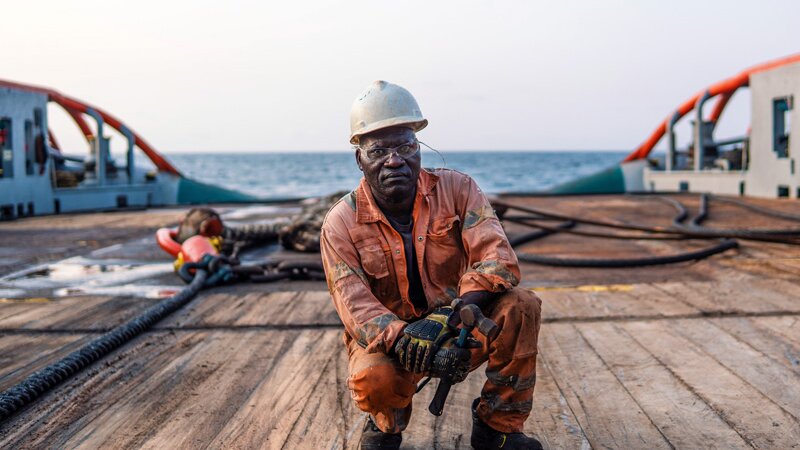Our new NorthStandard site is now live. There will be no new content or updates added to this site. For the latest information, please visit our new site north-standard.com.
Implementation of reinforced standards at South Korean Sulphur Oxide (SOx) Emission Control Areas (SECAs)
Update to the club’s previous news item.

Further to club’s previous news item, members are reminded that from 1 January 2022 it will be mandatory to use fuel with maximum 0.1% sulphur content while navigating within South Korean SOx Emission Control Area (SECA).
The current regulations only apply to vessels anchored or berthing in port areas of Incheon, Pyeongtaek-Dangjin, Yeosu-Gwangyang, Busan and Ulsan. However, from 1 January 2022, ships will be required to use 0.10% sulphur fuel when navigating or operating in the designated zones (SECAs) encompassing the abovementioned ports.
As such, vessels intending to operate in the South Korean SECA should complete the fuel changeover to low sulphur fuel oil (with sulphur content not exceeding 0.10%) before entering this area and will be required to continue using compliant fuel until leaving this area.
The use of exhaust gas cleaning system (EGCS) instead of using 0.10% low sulphur fuel oil is allowed and currently there are no restrictions applied on the discharge of wash-water from open-loop scrubbers.
Members are recommended to ensure proper records are maintained, i.e., the date, time, and position when the vessel switched over to low sulphur fuel oil (0.50% → 0.10%) or changed the operation mode of the EGCS prior to entry into Korea SECA should be properly documented.
Non-compliance to these regulations may result in imprisonment with labor for up to one year and/or a fine of up to 10 million won
For further details, members are recommended to refer to the attached KR Class notice.
Categories: Loss Prevention, Pollution
